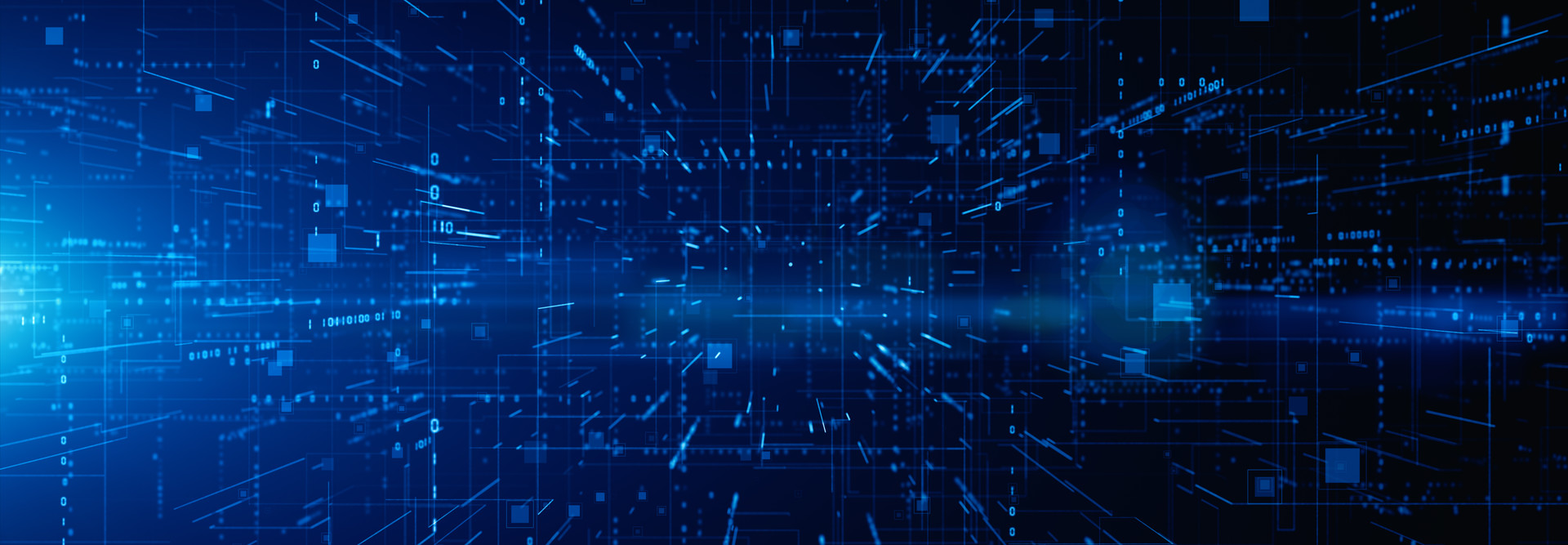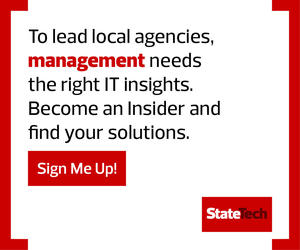1. Adopt a Microservices Architecture
Microservices reimagine each application as a collection of discrete services. This approach can deliver several advantages. You can improve one component without rewriting the entire application. You can reuse components to quickly create new applications. And the smaller you chop up the pieces, the more useful they are as building blocks for other applications.
Let’s say you have an application for collecting parking fines. If all the functionality is bundled in a single application, the software can’t be used for much else. But if you chop that up as microservices, you can repurpose them for ordering license plates, collecting taxes and so on. If you use a common payment microservice across your parking, license plate and tax applications, when you improve that microservice, the change appears in every application.
2. Deploy Government Apps on a Container Platform
A container packages up an application with its dependencies, libraries and other binaries in a single unit. A container platform packages up multiple containers. This is helpful for continuous modernization because it lets your IT team quickly and reliably move applications from data center to cloud, or from one cloud to another, to meet changing needs. Kubernetes is a highly popular open source container platform.
This approach is also well suited to microservices. A downside to chopping up applications into microservices is that you have to maintain each microservice individually. But with Kubernetes, it’s easier to manage those pieces, scale them up and down, or move them among cloud environments.
3. Automate, Automate, Automate
Continuous modernization involves ongoing updates to applications, operating systems and so on. Your team can’t do that manually without lots of people and lots of errors. The solution is to automate.
Modern application development approaches such as continuous integration/continuous deployment (CI/CD) are built around automation. For instance, CI/CD automates steps in building, testing and releasing code. By offloading repetitive tasks from staff, your team can reduce errors and free up resources to focus on mission-critical innovations.
You can also strengthen cybersecurity. Much of your agency’s security posture involves checklists for who should have resource access and how systems and networks are locked down. Mistakes can lead to cyber breaches. Automation can avoid human error and make your agency more secure.











